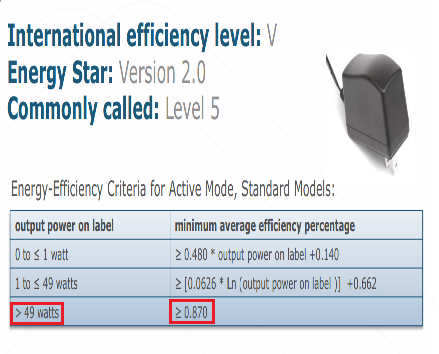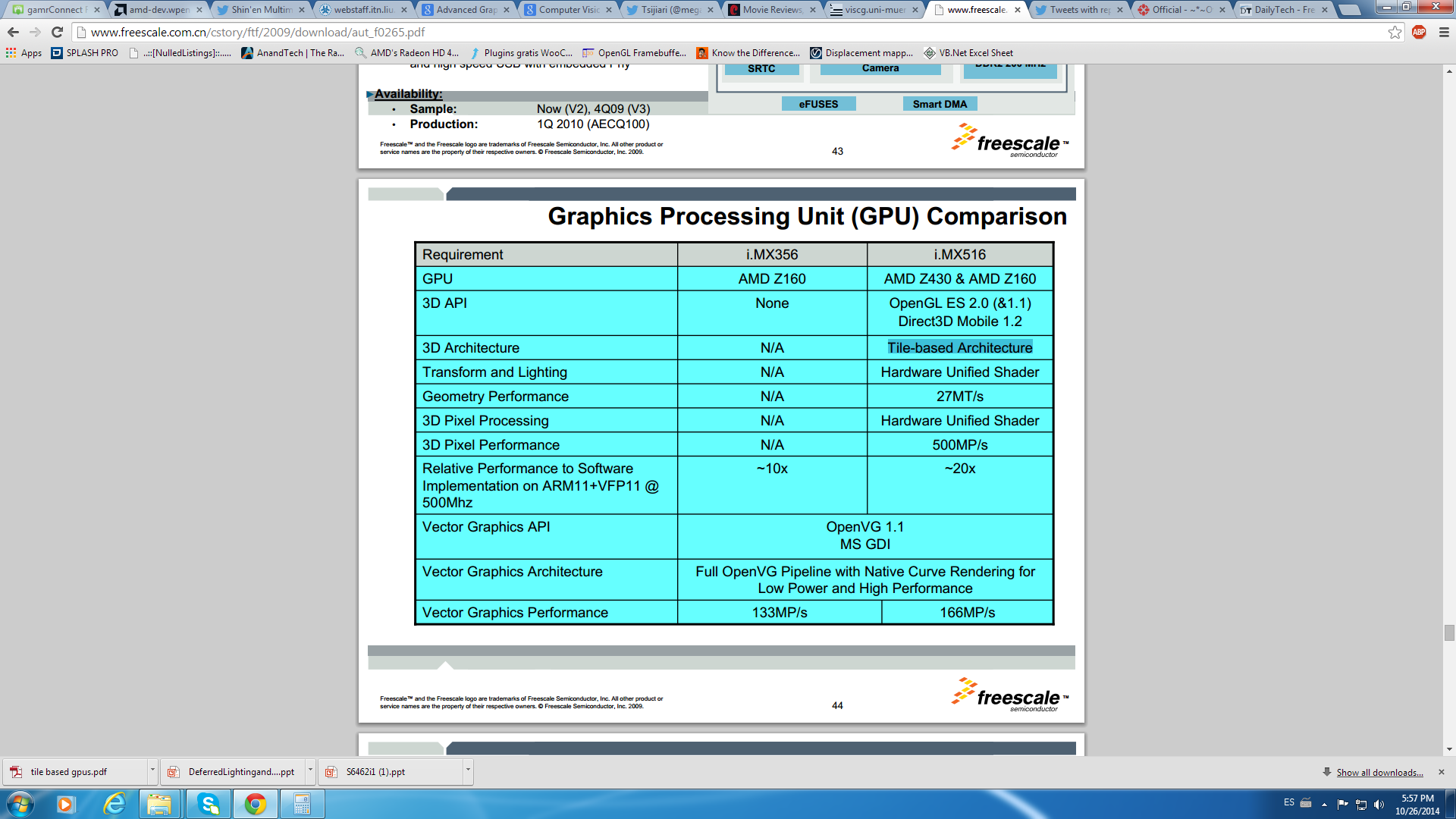fatslob-:O said:
megafenix said:
you still wrong no matter how you dislike it, go read again before making assumptions, never said it was amd the one who invented the solution
http://amd-dev.wpengine.netdna-cdn.com/wordpress/media/2012/10/gdc2008_ribble_maurice_TileBasedGpus.pdf
"
Who Uses TBR?
• Microsoft
• Talisman
• Imagination Technologies
• KYRO and KYRO II (Desktop PC)
• PowerVR CLX2 (Sega Dreamcast)
• PowerVR MBX (OpenGL ES 1.x)
• PowerVR SGX (targets OpenGL ES 2.0)
• AMD
• Imageon 2380 (OpenGL ES 1.x)
• Xenos (Xbox 360)
• Z430 and Z460 (targets OpenGL ES 2.0)
"
|
There's a huge difference in what AMD is trying to imply ...
The GPUs are "tile based" in a sense that framebuffers can be split up for the purpose of multipass rendering but the rasterization system between an AMD GPU and a PowerVR GPU is entirely different hence AMD GPU's not being tile based in the strictest requirements!
|
well, thats what you say and thats what Maurice Ribble from AMD says, so who should i believe?
on prupose
here is another intersting note
http://www.trustedreviews.com/news/AMD-Brings-Xbox-360-Graphics-Mobile
"
AMD Brings Xbox 360 Graphics Mobile
AMD is becoming less and less a name associated with exciting new products, but that doesn't mean the company can't still wow us with technology every now and again. Today's development is what can only be considered a rival to nVidia's Tegra (read: APX 2500) and Intel's Silverthorne (now under the Atom branding) platforms, is called the AMD Z430 graphics core and sees the translation of Xbox 360-style graphics to the mobile phone.

Z430 is only based on Xenos, rather than being a direct translation but that's to be expected given the die size of the Xbox chip. Z430 does use the same Unified Shader Model and manages to be the first mobile GPU to garner OpenGL ES 2.0 certification. OpenGL ES 2.0 (which, incidentally, is supported by the PS3) is a subset of the full OpenGL spec designed for embedded devices, such as mobile phones, PDAs and games consoles. A few desktop games these days use OpenGL (Quake Wars is the best recent example) which makes porting them to these smaller platforms than much easier.
Read more at http://www.trustedreviews.com/news/AMD-Brings-Xbox-360-Graphics-Mobile#20lBWs1GtOQdVtLR.99
"
this too
http://bastianzuehlke.wordpress.com/2012/04/05/mobile-gpus-architectures/
"
Adreno
The Adreno architecture is based on AMD Z430 of the Imageon Family which was introduced by ATI in 2002. Based on what is stated in [2] and [3] it seems that Adreno is rendering tile-based but each tile in a IMR kind of way. The HW seems to be optimised for triangle stripes, which very likely causes a big load on the CPU.
"

















































